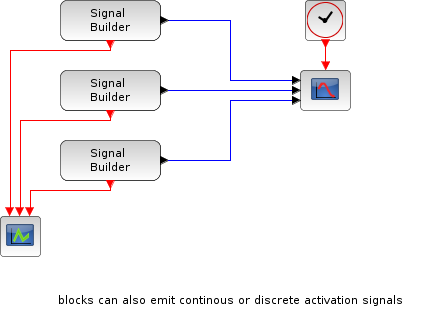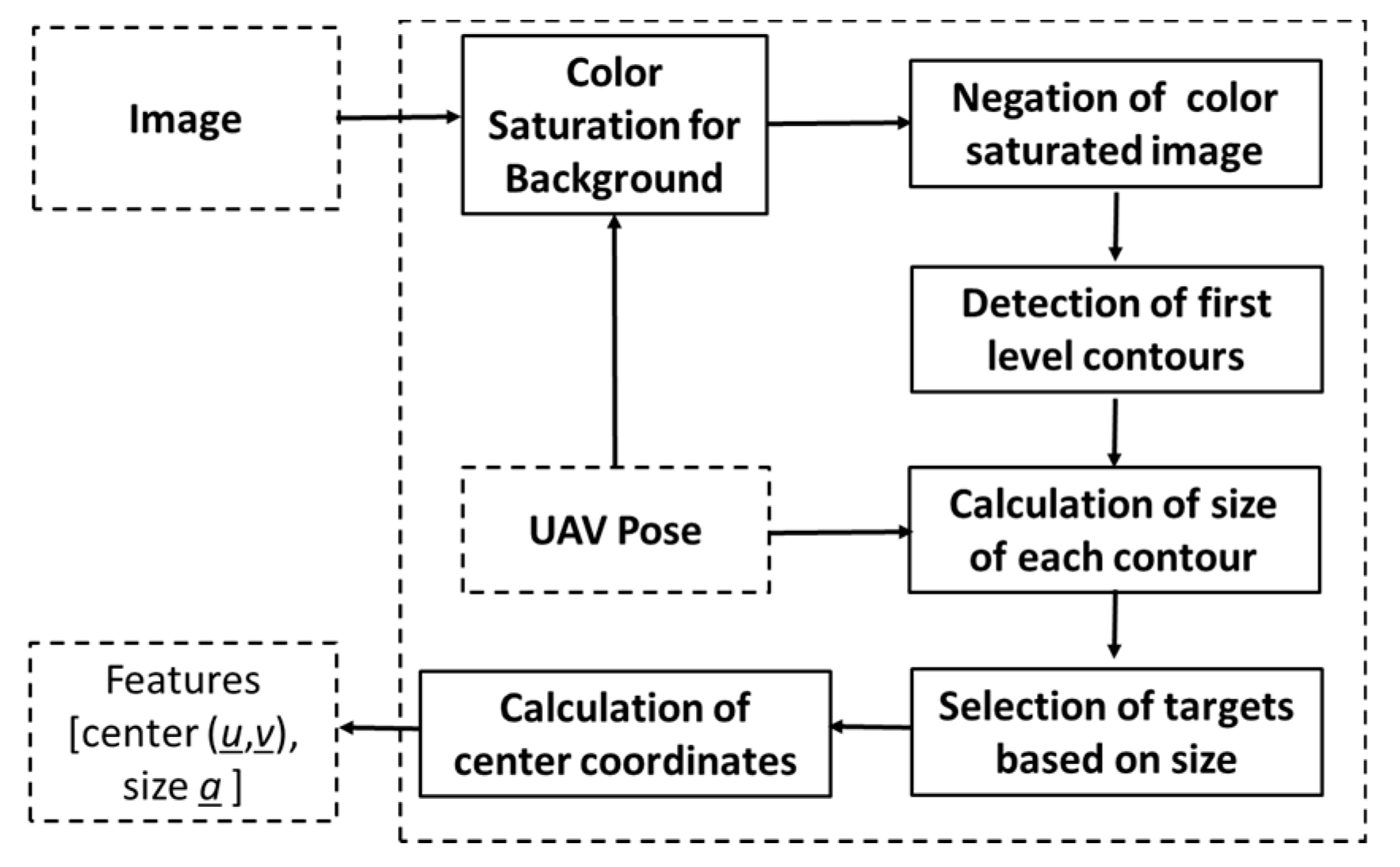
However, due to environment factors or mission's stage, the trust in sensors has to be adapted in a flexible way according to the actual scenario, therefore the observation model has to be adaptive.

For instance, TRIAD has been applied for attitude estimation in lightweight UAVs in, using as observation vectors the accelerometer and magnetometer readings. Three attitude angles can be represented in the Direct Cosine Matrix (DCM), which can be observed employing vectorial algorithms solving the Wahba's problem, such as Singular Value Decomposition (SVD), Three Axis Attitude Determination (TRIAD) or FOAM. Although their computational cost is still higher than EKF, there are new sigma-points algorithms aiming to reduce this cost, making it comparable with EKF in attitude estimation. Space application works based on UKF are showing more robustness and accuracy than the EKF. The UKF is a sigma-point filter based solution, which is currently gaining growing interest in the attitude estimation area. For fitting the highly non-linear kinematics model related to the attitude, the UKF is potentially better solution than the Extended Kalman Filter (EKF). For this sensor fusion, the common solution in the literature is the Kalman filter.

Moreover, inertial MEMS sensors do not provide attitude measures directly and the information proffered by them has to be post-processed through data fusion techniques. These inaccuracies result from the large biases and scale factors due to the sensors themselves and environmental effects such as temperature or mechanical vibrations. However, these sensors are less accurate and more noisy than traditional mechanical or optics solutions. Although these angles can be measured using a conventional Inertial Navigation System (INS), modern MEMS technologies are offering light and low cost solutions, which are more appropriate for the reduced space available for embedded systems in lightweight UAVs.

The stability and navigation of these autonomous vehicles need knowledge of its attitude angles. Nowadays the industry is employing UAVs for mobile missions, specially in vigilance, monitoring and inspection scenarios.


 0 kommentar(er)
0 kommentar(er)
